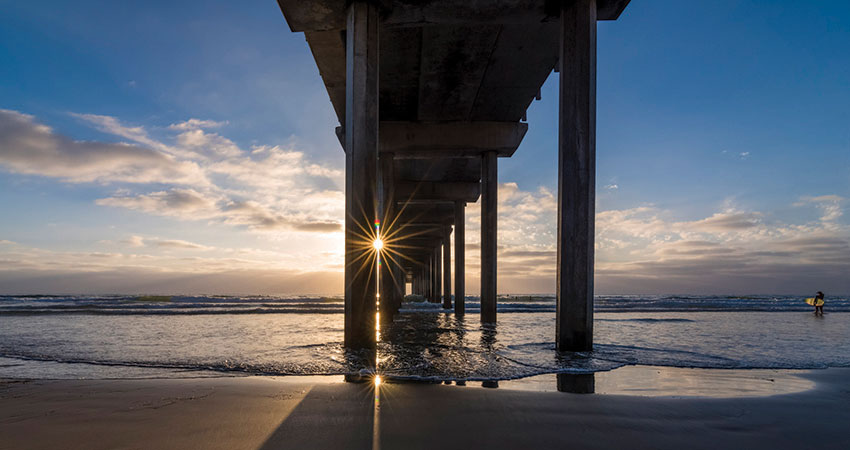
Please join us on Zoom for the Marine Biology seminar where Dr. Randy Kosaki (NOAA Papahānaumokuākea Marine National Monument) will present:
"A Characterization of Mesophotic Reef Communities of the Papahānaumokuākea Marine National Monument"
Abstract: Mesophotic coral ecosystems (MCEs) extend from 30 to 150 m in depth and support diverse, poorly explored communities of coral reef-associated organisms. Since 2010, we have been using technical diving (open-circuit trimix, and closed-circuit rebreathers) to quantitatively characterize fish assemblages at 161 sites across the Papahānaumokuākea Marine National Monument (PMNM) and 28 sites in the main Hawaiian Islands (MHI). The structure of these reef fish assemblages exhibited distinct gradients from shallow to mesophotic depths, and also along the latitudinal gradient from the MHI to the northern end of PMNM. Fish assemblages at mesophotic depths had higher total densities than those on shallow reefs. Assemblage structure changed along both depth and geographical gradients. Increasing depth was associated with lower abundances of herbivores and invertivores, and higher abundances of planktivores. Endemism increased dramatically with both latitude and depth, ranging from approximately 20% in the main Hawaiian Islands to over 90% on deep reefs at Kure Atoll. The introduced bluestripe snapper, Lutjanus kasmira, was common on shallow and deep reefs as far north as French Frigate Shoals. Deep reefs in the northern half of PMNM were found to be completely devoid of this widespread introduced species, creating a large refuge for native fish species. For purposes of management and monitoring, MCEs in PMNM can be grouped into three distinct groupings (Nihoa to French Frigate Shoals, Gardner Pinnacles through Lisianski, and the three northern atolls), distinguished by high abundances of L. kasmira, absence of L. kasmira, and high abundances of endemic species respectively. Other discoveries include numerous new species of macroalgae and fishes, some of which are receiving Hawaiian language species epithets.




